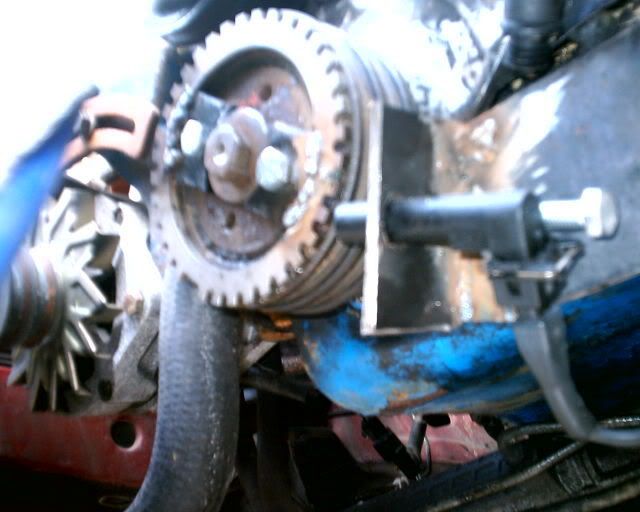brentp wrote:Hmmm- Unfortunately with that sensor position it will be challenging to read anything, AC or DC.
Hi Brent,thanks for the reply. Yes,the CAS is not attached correctly

sorry to throw you off there. I'm also needing to have a go at changing polarity
brentp wrote:Going over the previous thread it looks like we hashed over the basic troubleshooting steps already. Have you tried a different crank sensor yet?
Yes,but I need to resolve the run out on the trigger wheel first. But I just need to establish whether DC can be used for measuring the CAS voltage. I've taken out the EDIS plug and used the test lead probes
MartinM wrote:You need to point that sensor at the middle of the trigger wheel, not the middle of the alternator

d'oh

thanks Martin for your reply. The picture is old and I had not yet lined up the sensor,it is misleading
MartinM wrote:...and get the gap as small as possible - withing 2-3 mm max.
I thought it was 1mm max
MartinM wrote:You really need to borrow an AC multimeter or spend £7.49 in the Maplins sale and get one of these:
http://www.maplin.co.uk/Module.aspx?ModuleNo=44679
- it's fantastic value at that price and it should last a lifetime so it's a sound invetsment
Superb,I'll get one of those,thanks again

